Mesh Blog Posts
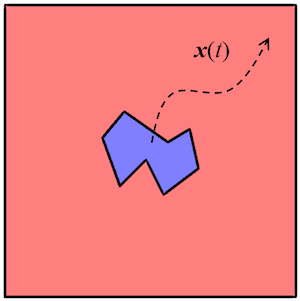
Model Translational Motion with the Deformed Mesh Interfaces
2 interfaces for manually defining the deformation of finite element mesh: Deformed Geometry and Moving Mesh. Learn when and how to use each in this blog post…
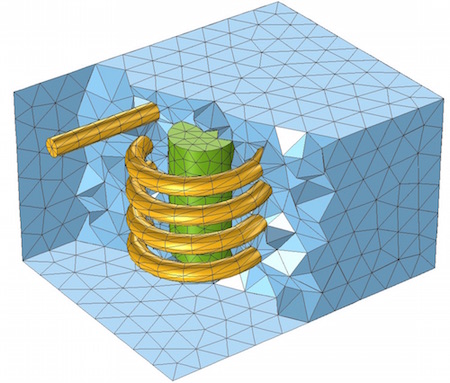
Improving Your Meshing with Swept Meshes
Get a demonstration of using swept meshing to generate efficient and accurate finite element meshes for some common modeling cases, such as calculating the fluid flow through a network of pipes.
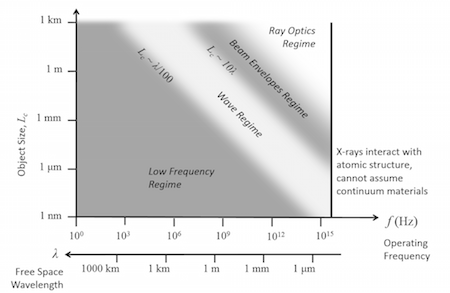
Guide to Frequency Domain Wave Electromagnetics Modeling
Read this blog post for your introduction to the various types of problems that you can solve in the RF and Wave Optics modules with COMSOL Multiphysics®.
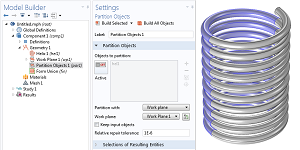
Improving Your Meshing with Partitioning
It can be tedious to subdivide your CAD geometry into a finite element mesh. In this blog post, we demonstrate how to use a manual meshing method called geometric partitioning to do so.
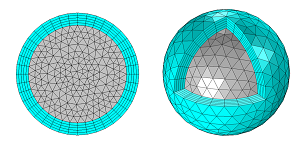
Using Perfectly Matched Layers and Scattering Boundary Conditions for Wave Electromagnetics Problems
Learn how to use scattering boundary conditions and perfectly matched layers to truncate domains for your wave electromagnetics problem — and which technique is best for your modeling scenario.
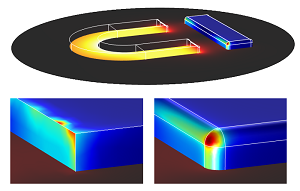
Fillet Away Your Electromagnetic Field Singularities
Did you know that you can use fillets and chamfers in your electromagnetics models to avoid electromagnetic field singularities? Learn how in this tutorial blog post.
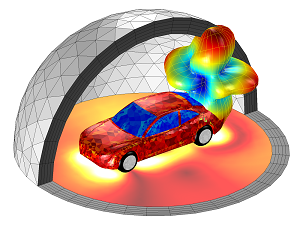
Automatic Meshing for Electromagnetic Simulations
Ever struggle to mesh the infinite elements or perfectly matched layers in your electromagnetics simulations? Automatic meshing can help >>
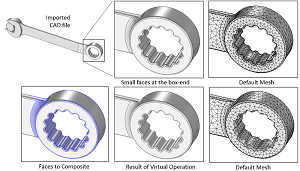
Using Virtual Operations to Simplify Your Geometry
CAD geometry: A set of data structures that provide a very precise method for describing the shapes of parts (called boundary representation, or B-rep).
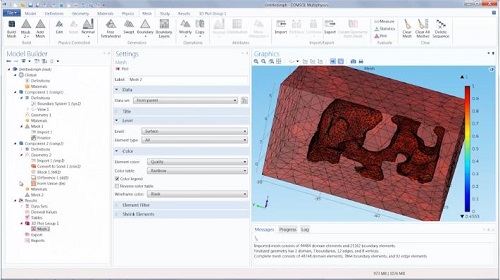
Create Geometry from an Imported Mesh
Did you know that as of COMSOL Multiphysics® version 5.0, imported meshes can easily be converted into solid geometry objects for further investigation and modeling capabilities?
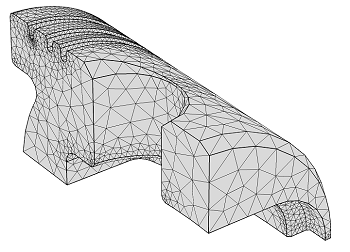
Size Parameters for Free Tetrahedral Meshing in COMSOL Multiphysics
COMSOL Multiphysics® has 9 built-in size parameter sets when meshing. In this blog post, we’ll discuss size parameters for 1 of these sets: free tetrahedral meshing.

Using Adaptive Meshing for Local Solution Improvement
One of the perennial questions in finite element modeling is how to choose a mesh. We want a fine enough mesh to give accurate answers, but not too fine, as that would lead to an impractical solution time. As we’ve discussed previously, adaptive mesh refinement lets the software improve the mesh, and by default it will minimize the overall error in the model. However, we often are only interested in accurate results over some subset of the entire model space. […]

Meshing Considerations for Nonlinear Static Finite Element Problems
As part of our solver blog series we have discussed solving nonlinear static finite element problems, load ramping for improving convergence of nonlinear problems, and nonlinearity ramping for improving convergence of nonlinear problems. We have also introduced meshing considerations for linear static problems, as well as how to identify singularities and what to do about them when meshing. Building on these topics, we will now address how to prepare your mesh for efficiently solving nonlinear finite element problems.
